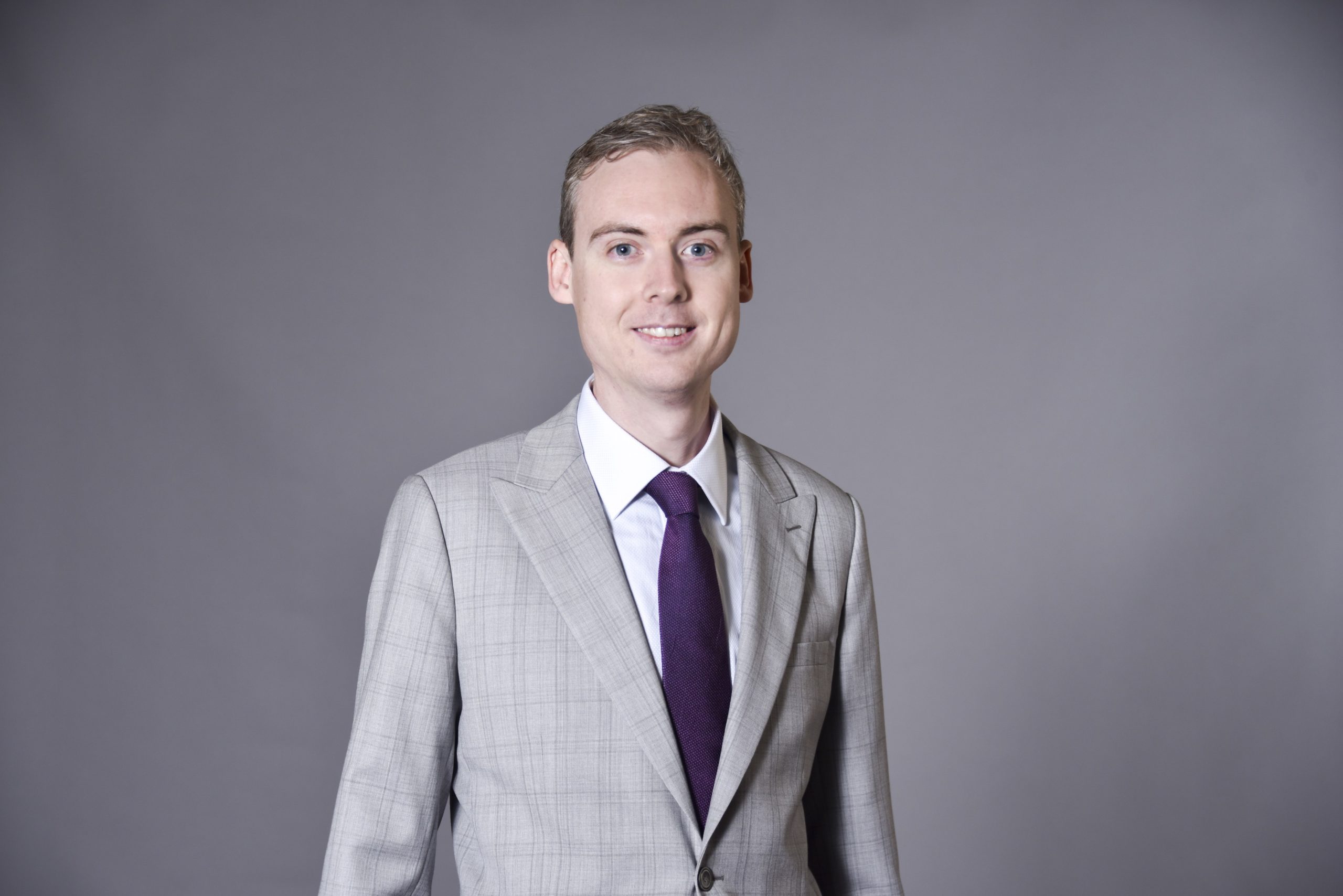As Principal Environmental Consultant at RPS Group, Tom Dearing (2005) is well-placed to explore practical suggestions for carbon reduction. Read on for his career journey; the challenges and benefits of the government’s net-zero emissions plans; and tips on how businesses and individuals can reduce their carbon footprints effectively.
Hello Tom! Summarise what you’ve been up to since leaving St John’s.
I live in Brighton, a town known for being fairly green but not great for safe cycling, which is especially on my mind this spring after spending far more time than planned on refurbishing my 80s hand-me-down bike. Living by the sea, I was able to watch as the Rampion offshore wind farm turbines were built and started turning, which has been oddly heartening. I can’t claim any hand in that one but I am proud of helping to plan several larger wind farms around the UK.
I graduated at the height of the 2008 financial crisis — not an easy time to be sending out CVs — so I kept on studying with a Master’s in Environmental Consultancy in my home town, Plymouth. The botany and ecology parts were great, but what really caught my attention was a work placement with a researcher from the Stockholm Environment Institute showing businesses how the carbon footprint of almost everything can be measured and reduced.
My career began with an internship at a British carbon offsetting company that was starting up projects in Kenya, which involved a lot of travelling around by matatu and motorbike from the Shimba Hills to Kisumu on Lake Victoria to verify project delivery and carbon savings. I then returned to the UK and joined RPS: an environmental, planning and design consultancy with around 5,500 employees. Since then I’ve specialised in providing carbon measurement, advice and verification for businesses and development projects.

What are you working on at the moment and how has it been impacted by the government’s net-zero plans?
Right now I’m managing the development consent application for a £250m, 750 megawatt flexible electricity generation and storage plant using gas engines and batteries, which will be submitted to the Secretary of State in two weeks — so this is exactly the wrong moment to take time out for blogging!
It’s maybe not obvious that a gas-fired generator could be part of the route to net zero, but the market for it is driven by net-zero plans. Safely deploying high levels of intermittent renewables to the grid requires quick-starting generators and storage as a backup. The flexible plant will do this more efficiently (with lower carbon emissions) than using the existing fleet of gas power stations, which were never designed to operate in a start-stop way.
In the longer run, of course, efficiency is not enough. I’m encouraged by hearing serious discussion around introducing hydrogen or ammonia into the gas grid. Carbon capture and storage may finally happen when pre-combustion capture is opened up by production of these gases, since the post-combustion technologies have been stalled for years in the UK.

My next goal is to do more with clients to move from measuring to achieving carbon reductions. I am part of a group that has been inspired by the net-zero goal to form a carbon and climate advice service within RPS. My colleagues have a wealth of skills in design, engineering and planning, and we’re going to join them up via a carbon specialist so that each business’s reduction target or opportunity can be linked directly to the practical skills for making that happen.
What are the major challenges of working with businesses to reduce their carbon footprint?
A challenge when we had an 80% national reduction target was businesses ‘hiding in the 20%’, and in some ways that may be the biggest benefit of the net-zero commitment: now we know exactly where we are going, we can worry less about whether the neighbours are setting the same target, and we can get on with making emission reductions. I’ve seen a genuine shift in dialogue.
the key is for individuals and businesses to make the change happen rather than waiting passively
Setting science-based reduction targets is important, but really it’s not that complicated to plot a trajectory between emissions now and being net zero by 2050. The trick is finding ways and incentives to move ahead of the curve.
There are (or must be) transformations on a national level that will reduce everyone’s carbon footprint, including electric cars and a circular economy for products and waste. But the key is for individuals and businesses to make the change happen rather than waiting passively: for example, we can purchase electric vehicles now instead of waiting until petrol and diesel have been banned ten years hence.
Are there some ‘easy fixes’ that you wish were better known and implemented?
Many fixes are simple but few are easy. Not travelling for the sake of presenteeism is an obvious one. Carbon awareness needs to be part of everyone’s day job — but although the appetite is often there, there are competing pressures that need to be addressed.
Improving the sustainability of housing stock is a huge, low-hanging fruit that has not been grasped. There’s an unhelpful attitude that it’s a zero-sum game, where improving the standard of new builds is seen somehow as a trade-off against build rates and sales.
One supposed ‘easy fix’ that actually isn’t is offsets: ie the line ‘Oh, well we will plant some trees.’ I looked at this for one carbon-intensive business and had to explain that they would need to acquire most of Sussex!

What are your goals for the next couple of years?
I’d like to become better at influencing rather than just informing (it’s a definite skill, and not easy). Other goals are to keep learning about and championing practical solutions; to connect people who have reduction ideas with people who need them; and to look for the multi-wins for air quality, health and wellbeing, biodiversity and climate.
Quick-fire Qs:
Name one thing you can’t do without.
Can you imagine not being able to look things up whenever you want? Not just facts but maps, aerial photos and Street View.
Favourite author?
The best speculative fiction knows its worlds’ politics, and the authors I enjoy most build worlds that have taken different paths, for better or worse: eg Ian M Banks, Ken McLeod, Kim Stanley Robinson and Paolo Bacigalupi. And Patrick O’Brien, whose writing is perfect. And Antonio Tabucchi. You’d better stop me…!
A final thought for your fellow Johnians?
Ask yourself how you can get ahead of the curve on carbon reduction, because Extinction Rebellion has a point.
You can read more about the sustainability and climate resilience work that Tom’s employer RPS supports on their website: https://www.rpsgroup.com/services/environment/sustainability-and-climate-resilience




